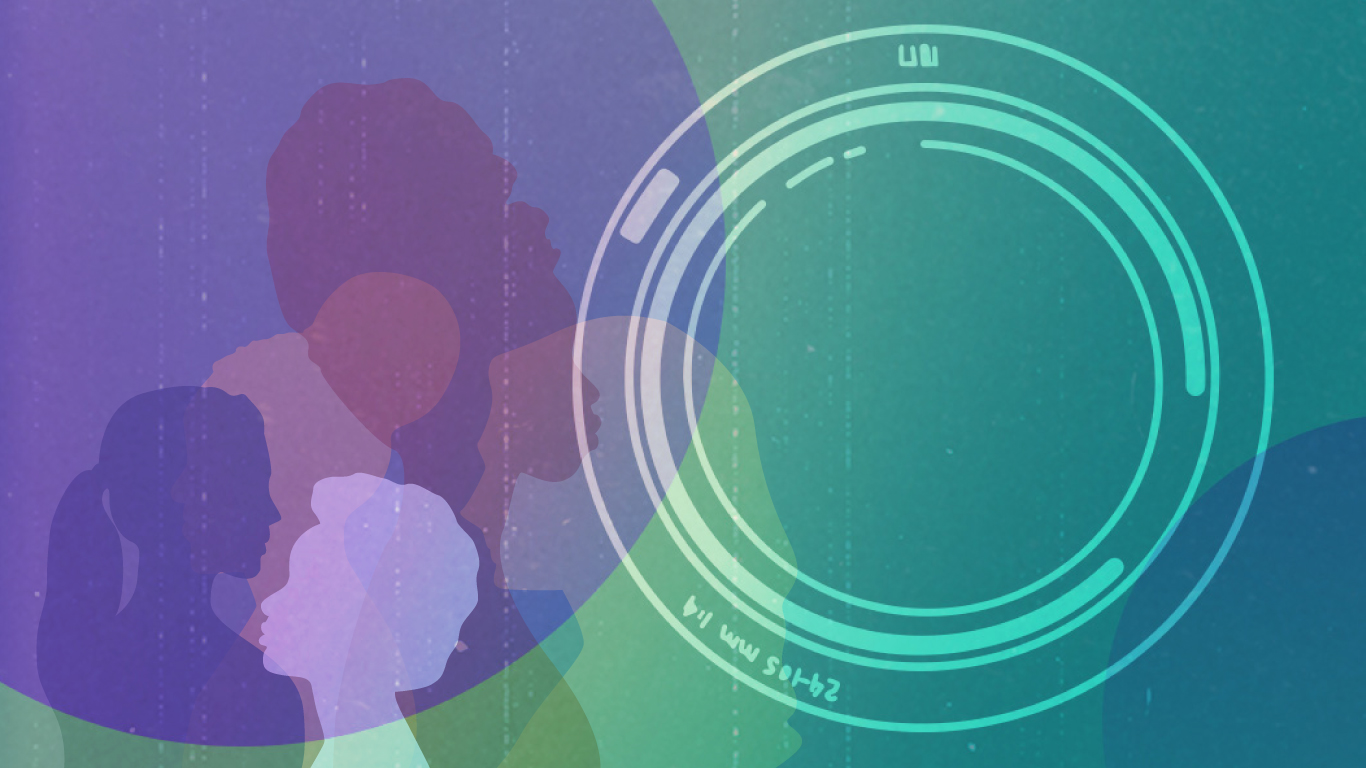
October is Women’s History Month in Canada, a time to celebrate the women and girls from our past and present who are contributing to a better, more inclusive Canada.
This year’s theme, Through Her Lens: Celebrating the Diversity of Women, emphasizes the importance of recognizing the achievements and contributions of women from diverse backgrounds. It focuses on the unique perspectives, experiences, and challenges faced by Indigenous women, 2SLGBTQI+ women, as well as racialized and immigrant women.
More than one-quarter of women in Canada were part of a racialized group in 2021
In 2021, there were about 18.4 million women and girls living in private households in Canada, accounting for just over half (50.6%) of the population in private households.
Among them, more than one-quarter (26.8%) were part of a racialized group, while 23.8% were immigrants and 5.1% were Indigenous.
From 2015 to 2018, 3.5% of women aged 15 years and older self-reported as lesbian (1.1%) or bisexual (2.4%).
In 2017, almost 3.5 million women aged 15 years and older had a disability, accounting for close to one-quarter (24.3%) of all women. More than two in five women with a disability had a severe (21.7%) or very severe (23.1%) disability.
Women in Canada are highly educated
The educational attainment of women in Canada has increased significantly over the past several decades.
In 2021, 36.1% of women aged 25 to 64 years had a bachelor’s degree or higher, which was almost three times greater than the proportion of women with a bachelor’s degree or higher in 1991 (12.7%).
Immigrant women, particularly recent immigrant women (i.e., those who were admitted to Canada during the period from January 1, 2016, to May 11, 2021), are highly educated. In 2021, around three in five (60.7%) recent immigrant women aged 25 to 64 years had a bachelor’s degree or higher, compared with 31.1% of non-immigrant women.
Women’s labour force participation in Canada has increased
In 1981, 57.7% of women aged 25 to 64 years were in the labour force. Meanwhile, 40 years later, in 2021, more than three-quarters (76.5%) of women from this age group participated in the labour force.
Lesbian women (83.7%) aged 25 to 64 years were more likely to be employed over the 2015-to-2018 period than their heterosexual (74.0%) and bisexual (68.1%) counterparts.
From 2016 to 2021, the labour force participation rate of West Asian women aged 25 to 64 increased by 5.9 percentage points to 68.0%. Increases were also observed for Korean women (+5.4 percentage points to 70.7%), Arab women (+4.6 percentage points to 62.2%) and South Asian women (+4.4 percentage points to 75.1%).
Celebrating women in Canada
Across Canada and around the world, women are making an impact and creating positive change in their communities and far beyond.
As we celebrate the contributions and commitment of all the women who make our country a better place, let’s not forget that there is still much more to be done to achieve gender equality and to make sure all women feel included and valued.
We all have a role to play in this endeavour, and it starts with supporting the women around us. All our contributions, big and small, at work and in our personal lives, can and will make a difference.
Visit the Women of Impact in Canada gallery to explore the contributions and achievements of close to 170 exceptional women and girls who have made an impact in politics, the arts and sciences, and countless other fields in Canada.
View Women in Canadian History: A Timeline to learn more about notable events in Canadian women’s history.
Visit the Sex, Gender and Sexual Orientation Statistics Hub, which includes data, analytical products, and insights related to sex, gender, and sexual orientation.
StatsCAN app
Did you know you can read StatsCAN Plus articles and more on the StatsCAN app? If you’re already using the app, let us know what you think by leaving a review in the Apple App Store and Google Play.
Contact information
For more information, contact the Statistical Information Service (toll-free 1-800-263-1136; 514-283-8300; infostats@statcan.gc.ca) or Media Relations (statcan.mediahotline-ligneinfomedias.statcan@statcan.gc.ca).

